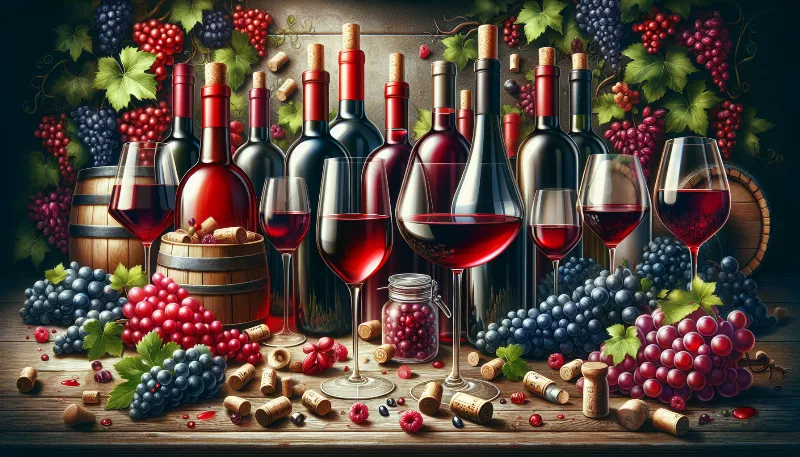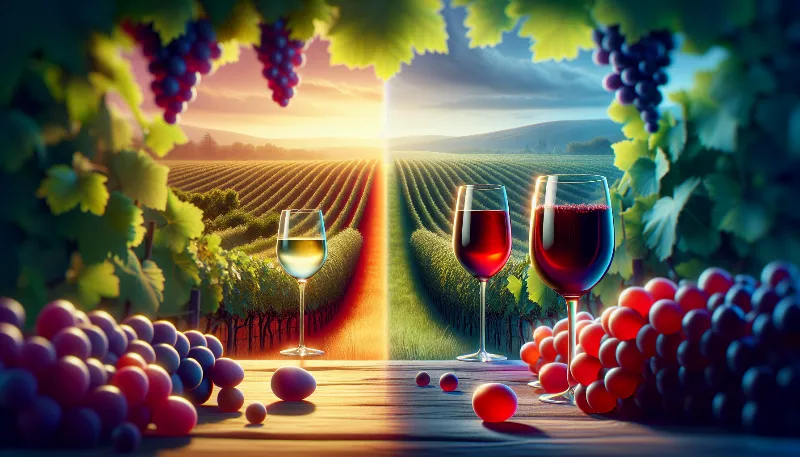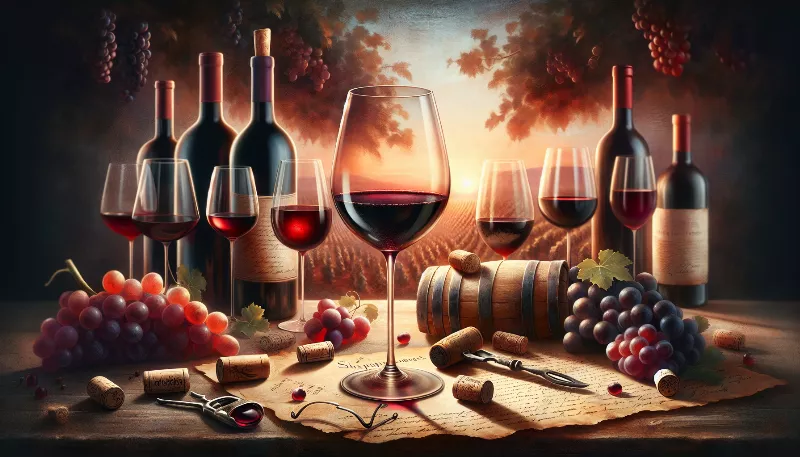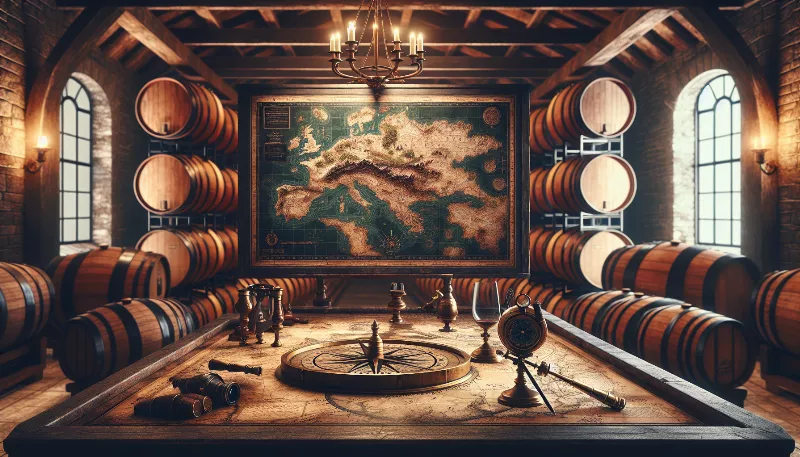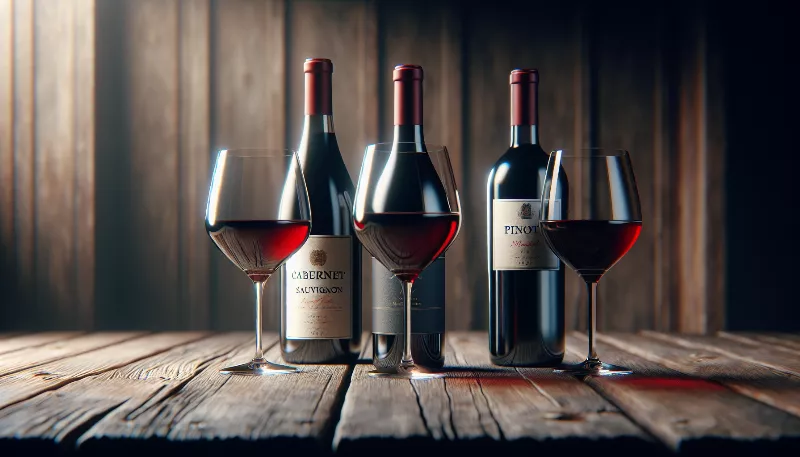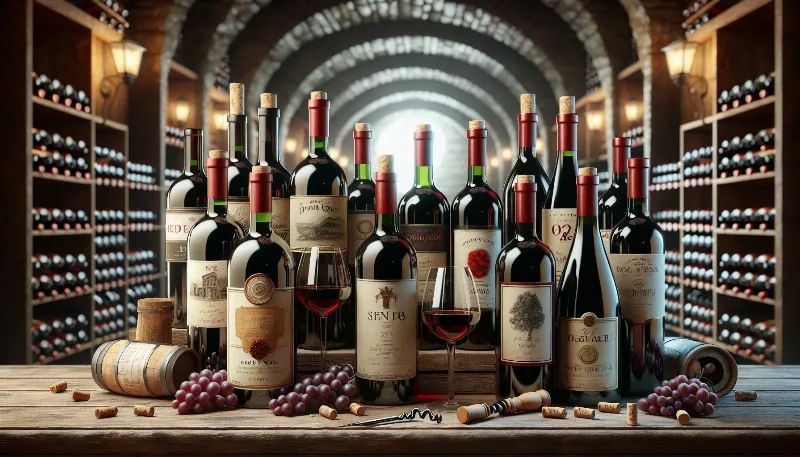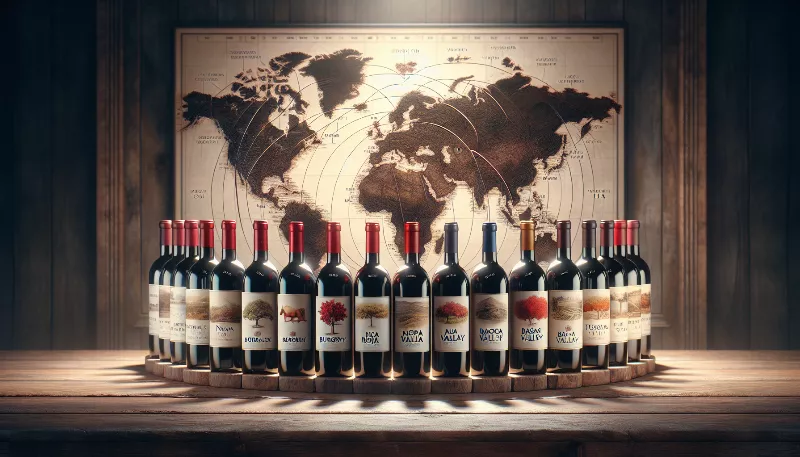Uncorking the Secrets: A Beginner's Guide to Red Wine Tasting
Discover the art of red wine tasting with our beginner's guide. Learn to savor flavors, aromas & find your perfect pour. Start your wine journey here!
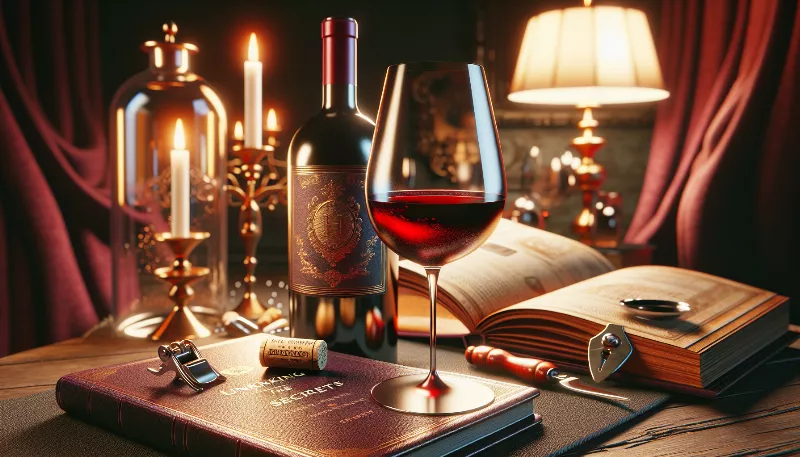
Welcome to the World of Red Wine Tasting!
Are you ready to dive into the rich and vibrant world of red wines? Whether you're a curious novice or an eager enthusiast, this guide is designed to help you navigate the nuances of red wine tasting with confidence and joy. So grab a glass, and let's embark on a flavorful journey that will tantalize your taste buds and deepen your appreciation for this timeless beverage.
The Art of Tasting Red Wine
Tasting red wine is an art form that involves all your senses. It's not just about sipping and swallowing; it's about observing, smelling, tasting, and savoring every aspect of the wine. To truly appreciate red wine, you need to slow down and pay attention to the details. From the color and aroma to the body and finish, each element tells a story about the wine's origin, grape variety, and aging process.
Setting the Stage for Your Tasting Adventure
Before you begin, ensure you have the right environment and tools. A quiet space with good lighting will allow you to concentrate on the wine. Use a clean, clear wine glass with a stem to avoid warming the wine with your hands. Make sure the wine is at the correct temperature—reds are best enjoyed slightly below room temperature, around 60-68°F (15-20°C).
Visual Examination: The First Impression
Start by examining the wine's color and clarity. Hold the glass up to the light and tilt it against a white background. Notice the depth of color, ranging from light ruby to deep garnet. The wine's age can often be gauged by its hue, with older wines displaying a brick-like tinge around the edges. Clarity can indicate the wine's health, with a clear wine typically signifying good quality.
Aroma Exploration: The Nose Knows
Swirl the wine gently in your glass to aerate it and release its aromas. Then take a deep sniff. What do you smell? Red wines can exhibit a wide array of scents, from fresh fruits like cherries and berries to complex notes of vanilla, tobacco, or even leather. These aromas can give you clues about the wine's grape variety and the barrels used for aging.
The Tasting: Savoring the Flavors
Now, take a small sip and let the wine roll around your mouth. This is where you'll detect sweetness, acidity, tannins, and alcohol—all of which contribute to the wine's overall balance. Notice the flavors that mirror the aromas and look for additional layers that might emerge, such as chocolate, coffee, or spice. The best wines will have a harmonious balance between these elements.
Finish with Reflection: The Aftertaste
After swallowing, consider the aftertaste or 'finish' of the wine. A high-quality red wine will have a long, pleasant finish that lingers on the palate. This is the moment to reflect on the wine's complexity and the journey it took you on. Was it bold and robust or smooth and elegant? Did the flavors evolve, or did they make a quick exit?
Recording Your Impressions
As you taste different red wines, keep a journal of your impressions. Note the name, vintage, and any characteristics that stood out to you. Over time, you'll develop a deeper understanding of your preferences and the vast landscape of red wines.
Embrace the Learning Curve
Remember, wine tasting is a personal and subjective experience. There are no right or wrong answers, only what resonates with you. Each bottle of red wine has its own story, and with every tasting, you become a part of that story. So raise your glass to the adventure ahead, and enjoy the delightful process of discovering the secrets of red wine tasting!
